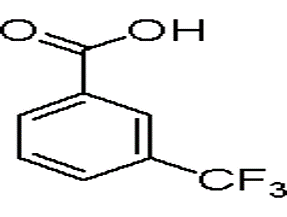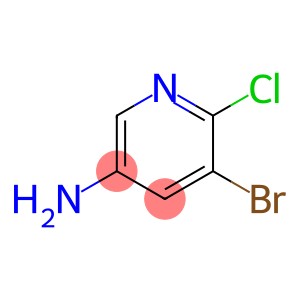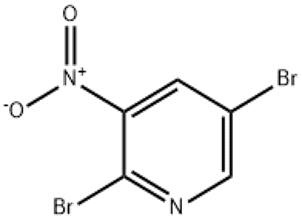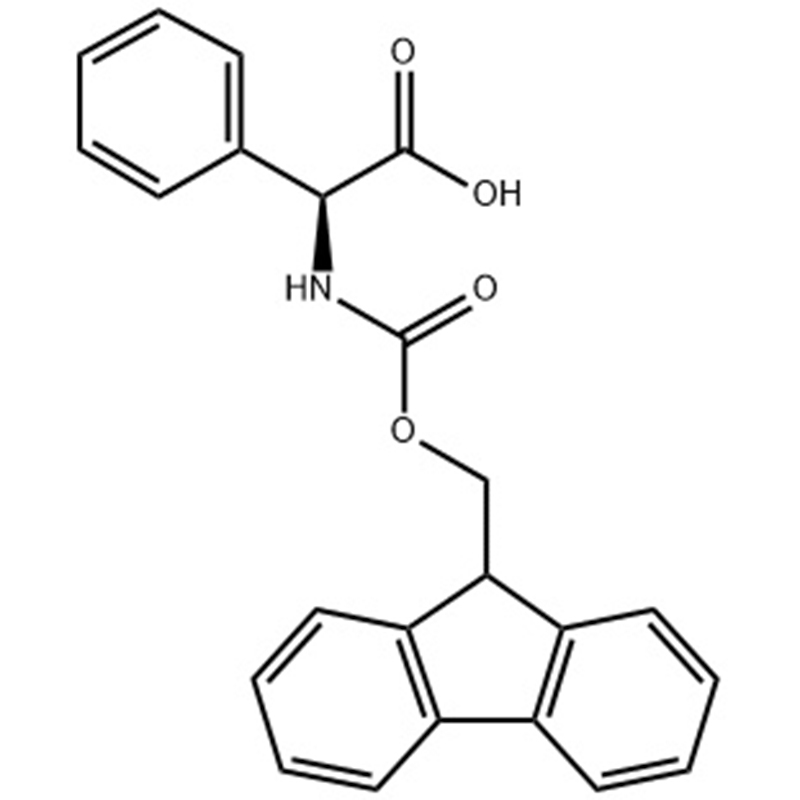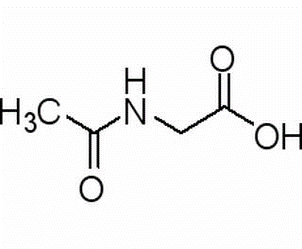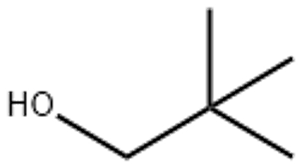3-(trifluoromethyl)benzoic acid(CAS# 454-92-2)
| Hazard Symbols | Xi – Irritant |
| Risk Codes | 36/37/38 – Irritating to eyes, respiratory system and skin. |
| Safety Description | S26 – In case of contact with eyes, rinse immediately with plenty of water and seek medical advice. S36 – Wear suitable protective clothing. S24/25 – Avoid contact with skin and eyes. |
| WGK Germany | 3 |
| HS Code | 29163900 |
| Hazard Class | IRRITANT |
Introduction
M-trifluoromethylbenzoic acid. The following is an introduction to some of its properties, uses, manufacturing methods and safety information:
Quality:
- Appearance: M-trifluoromethylbenzoic acid is colorless to light yellow crystalline or solid.
- Solubility: It is soluble in alcohols, esters and carbamates, slightly soluble in hydrocarbons and ethers, and almost insoluble in water.
Use:
- M-trifluoromethylbenzoic acid is widely used in the field of pesticides as an ingredient in insecticides and herbicides.
Method:
- There are many preparation methods for m-trifluoromethylbenzoic acid. A common method is to react 3,5-difluorobenzoic acid with trifluorocarboxic acid to obtain the target product.
Safety Information:
- M-trifluoromethylbenzoic acid has certain toxicity to the human body and the environment, and should be used safely.
- Avoid contact with the skin, eyes, and respiratory tract during operation, and take appropriate protective measures, such as wearing protective gloves and glasses, and maintain good ventilation.
- Pay attention to fire prevention and static electricity generation during storage and handling, and avoid contact with substances such as flammables, oxidants and strong acids.


